Barbacoa is a traditional Mexican cooking method that slow-cooks meat—typically beef, goat, or lamb—in underground pits or covered vessels until tender. Unlike standard barbecue, authentic barbacoa specifically uses collagen-rich cuts like cheeks or heads, transforming tough parts into succulent dishes through low-temperature cooking for 6-10 hours. This centuries-old technique creates the distinctive tender texture and rich flavor found in authentic Mexican barbacoa tacos.
Table of Contents
- What Is Barbacoa? The Essential Definition
- Barbacoa Spices: Authentic Flavor Profile
- 5 Practical Tips for Perfect Barbacoa at Home
- Adjusting Spice Level: Mild to Hot Options
- Barbacoa vs. Barbecue vs. Carnitas: Key Differences
- Best Side Dishes for Barbacoa
- Barbacoa Misconceptions Clarified
- Barbacoa Questions Answered
What Is Barbacoa? The Essential Definition
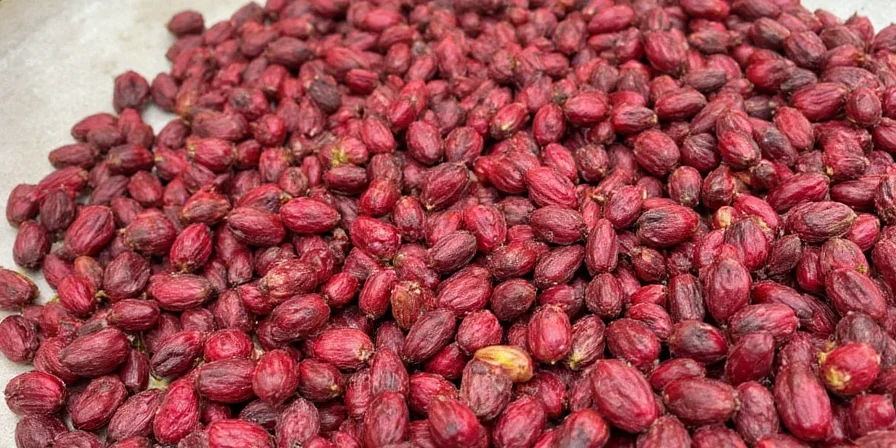
The word barbacoa comes from Taino culture but evolved into Mexico's traditional slow-cooking method. Authentic barbacoa specifically refers to meat (usually beef cheek, lamb head, or goat) slow-cooked in underground pits or covered pots until the collagen breaks down into gelatin, creating that signature melt-in-your-mouth texture. This technique transforms typically tough cuts into incredibly tender dishes.
In Mexico's Hidalgo region, barbacoa remains a cultural tradition where the entire animal is honored. Served with simple accompaniments like tortillas, lime, and cilantro, authentic barbacoa represents Mexico's zero-waste culinary philosophy long before sustainability became mainstream.
Barbacoa Spices: Authentic Flavor Profile

Authentic barbacoa uses a balanced spice blend that enhances rather than overwhelms the meat:
- Garlic powder (adds depth without burning)
- Ground cumin (provides earthy base notes)
- Chili powder (ancho for fruitiness, guajillo for depth)
- Mexican oregano (different from Mediterranean oregano)
- Acidic components (like orange juice or vinegar)
Pro tip: Toast whole spices before grinding to maximize flavor. Authentic recipes often use minimal heat—traditional barbacoa isn't necessarily spicy, with heat typically coming from accompanying salsas.
5 Practical Tips for Perfect Barbacoa at Home
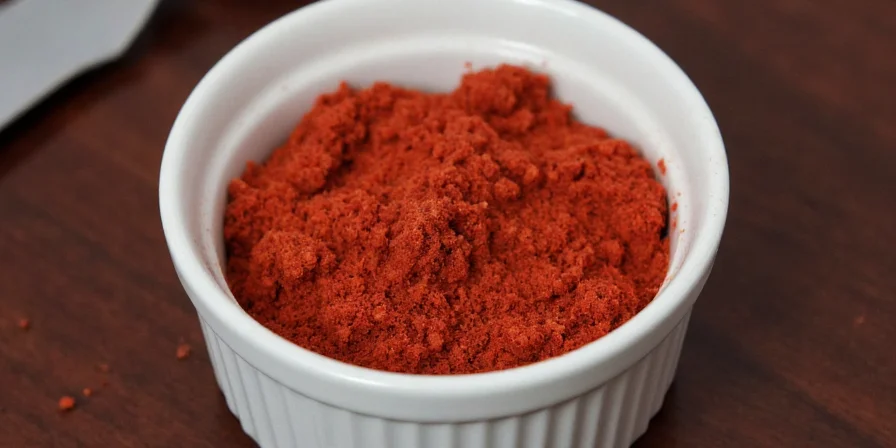
- Choose the right cut: Chuck roast, beef cheek, or lamb shoulder work best. The marbling breaks down during slow cooking for tender results.
- Marinate properly: At least 12 hours allows flavors to penetrate. Include both oil-based and acid-based components.
- Control temperature: Maintain 200°F (93°C). Higher temperatures cause toughness; lower won't break down collagen.
- Manage liquid levels: Braising liquid should cover about one-third of the meat. Add more if evaporating too quickly.
- Rest before serving: Let meat rest 20 minutes after cooking to retain juices—skipping this can lose up to 40% of moisture.
Adjusting Spice Level: Mild to Hot Options
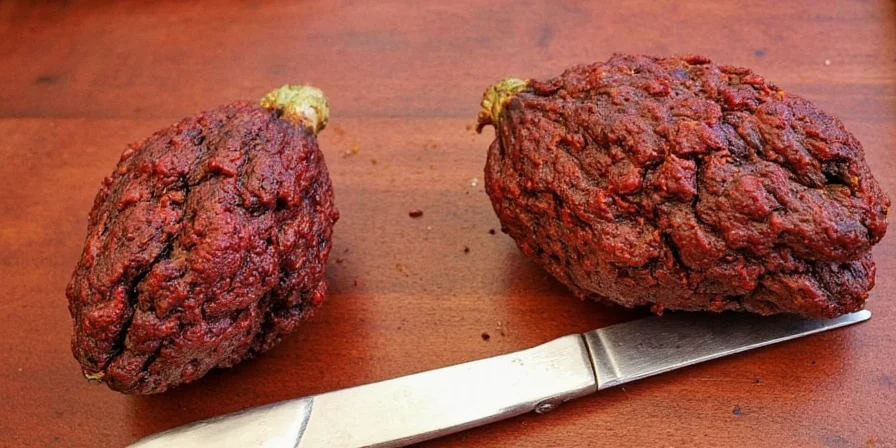
Authentic barbacoa ranges from mild to spicy depending on regional preferences:
- Mild version: Use only ancho chilies (2,000 SHU) for flavor without significant heat
- Medium heat: Add guajillo chilies during cooking for earthy warmth
- Hot version: Include chipotle peppers in adobo during the last hour of cooking
To reduce heat: Serve with Mexican crema—the fat content helps counteract capsaicin better than water-based solutions.
Barbacoa vs. Barbecue vs. Carnitas: Key Differences
| Dish | What It Is | Cooking Method | Texture | Flavor Profile |
|---|---|---|---|---|
| Barbacoa | Mexican pit-cooked meat (traditionally head/cheeks) | Slow-cooked underground or covered (6-10 hours) | Melt-in-mouth tender, slightly chewy | Earthy, smoky, mildly spicy |
| Barbecue | American smoking technique | Smoked over wood (8-12 hours) | Fall-apart tender | Smoky, sweet, vinegary |
| Carnitas | Mexican pulled pork | Simmered then fried (3-4 hours) | Crispy outside, tender inside | Porky, citrusy, savory |
| Pastor | Mexican shawarma-inspired | Vertical spit-roasted (2-3 hours) | Tender with crispy edges | Adobo marinade, slightly sweet |
Best Side Dishes for Barbacoa
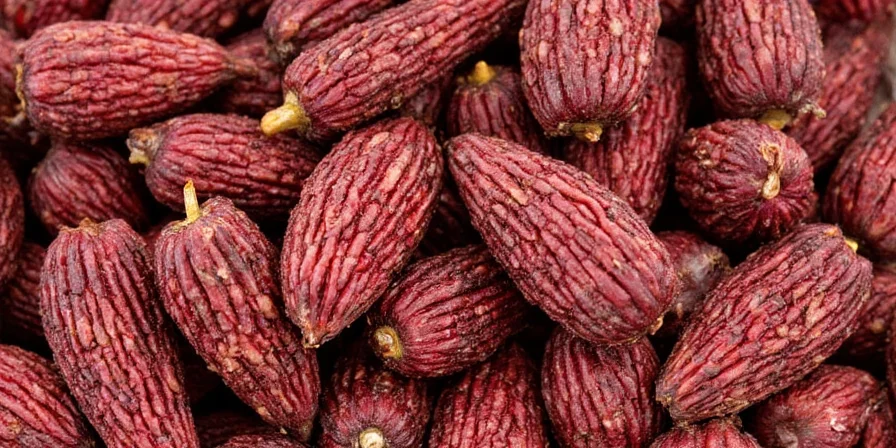
Authentic barbacoa is traditionally served with simple accompaniments that enhance without overpowering:
- Warm corn tortillas: Essential for authentic tacos
- Lime wedges: Bright acidity cuts through richness
- Chopped cilantro and white onion: Fresh contrast to rich meat
- Salsas: Choose based on preferred heat level (salsa verde for mild, habanero for hot)
- Refried beans: Traditional side that complements the flavors
Barbacoa Misconceptions Clarified

Let's clarify common misunderstandings about authentic barbacoa:
- Myth: Barbacoa is just Mexican barbecue.
Truth: It's a specific slow-cooking technique distinct from barbecue, originally using underground pits. - Myth: Must use beef.
Truth: Goat barbacoa is traditional in Hidalgo region and offers excellent texture. - Myth: Always extremely spicy.
Truth: Traditional versions often have minimal heat, with spiciness coming from added salsas. - Myth: Requires special equipment.
Truth: A Dutch oven or slow cooker effectively replicates traditional methods at home.
Barbacoa Questions Answered
What's the difference between barbacoa and barbecue?
Barbacoa is a specific Mexican cooking method that traditionally slow-cooks meat in underground pits, often using the entire animal head or cheek. Barbecue is an American smoking technique that typically uses wood smoke over longer periods. The flavor profiles, spice blends, and traditional cuts differ significantly between these methods.
What cut of meat is best for barbacoa?
Beef cheek (cachete) is traditional, but chuck roast works well for home cooking. These collagen-rich cuts break down during slow cooking to create that signature tender texture. Avoid lean cuts like sirloin—they'll dry out before becoming tender.
Can I make barbacoa without special equipment?
Absolutely. An oven-safe Dutch oven at 200°F (93°C) for 8 hours effectively replicates traditional pit cooking. The heavy lid traps steam while maintaining even temperature—critical for transforming tough cuts into tender barbacoa without specialized equipment.
Why is my barbacoa dry after long cooking?
Dryness usually happens when liquid evaporates below the meat line. Maintain at least 1-inch depth of braising liquid throughout cooking, checking every 3 hours. If liquid reduces significantly, add equal parts broth and apple cider vinegar to restore moisture without diluting flavors.
Conclusion
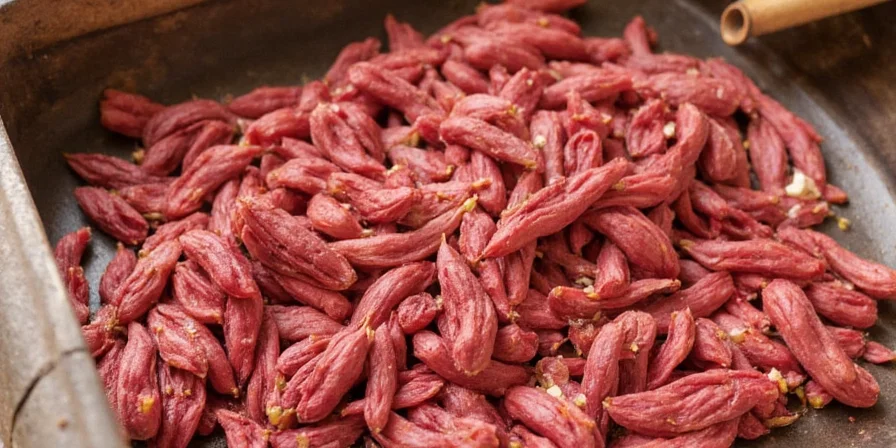
Authentic barbacoa is more than just a cooking method—it's a centuries-old Mexican tradition that transforms humble cuts into extraordinary meals through patience and technique. Whether you're using a Dutch oven or slow cooker at home, understanding what defines barbacoa helps you recreate this cultural treasure. By focusing on the right cuts, spice balance, and slow cooking process, you can create tender, flavorful barbacoa that honors its origins while fitting modern kitchens. Ready to experience this authentic Mexican specialty? Start with quality ingredients and let time work its magic.

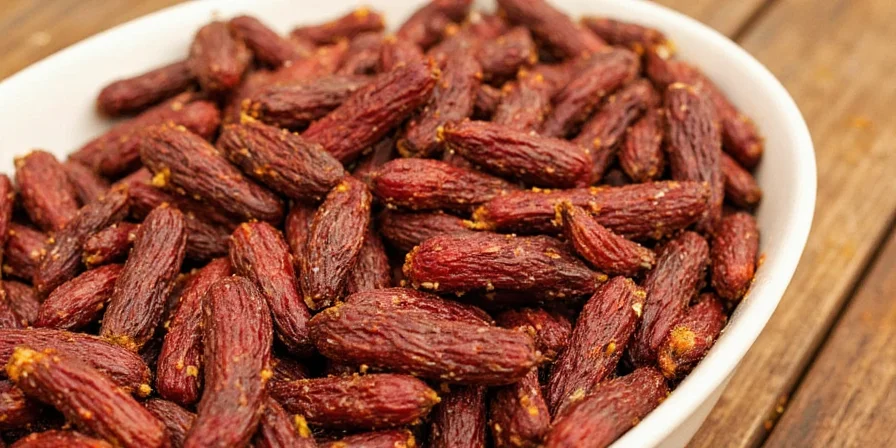









 浙公网安备
33010002000092号
浙公网安备
33010002000092号 浙B2-20120091-4
浙B2-20120091-4